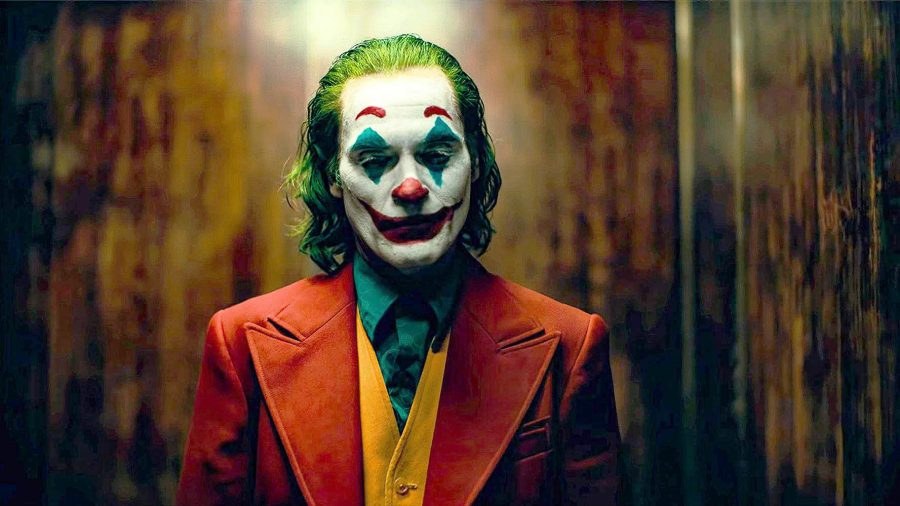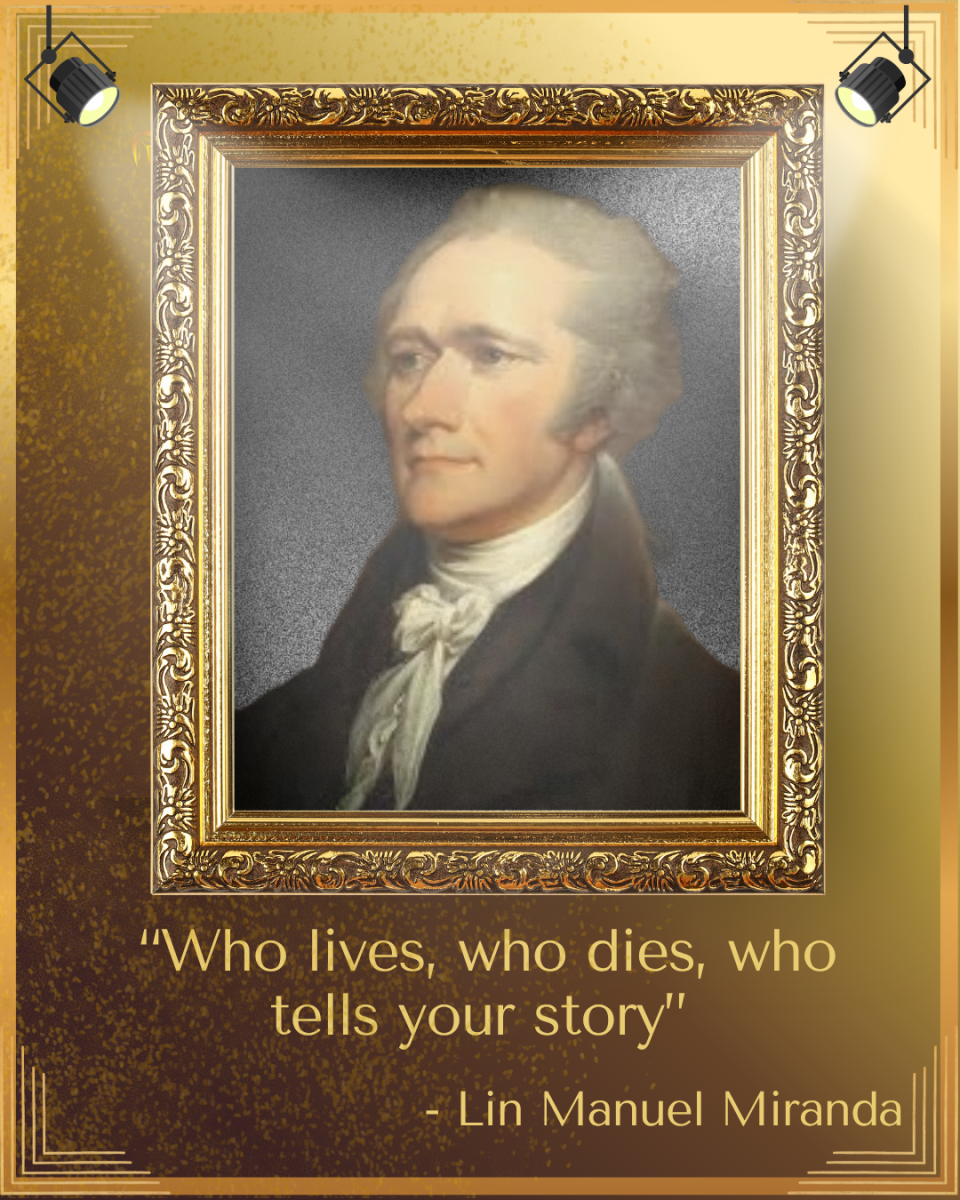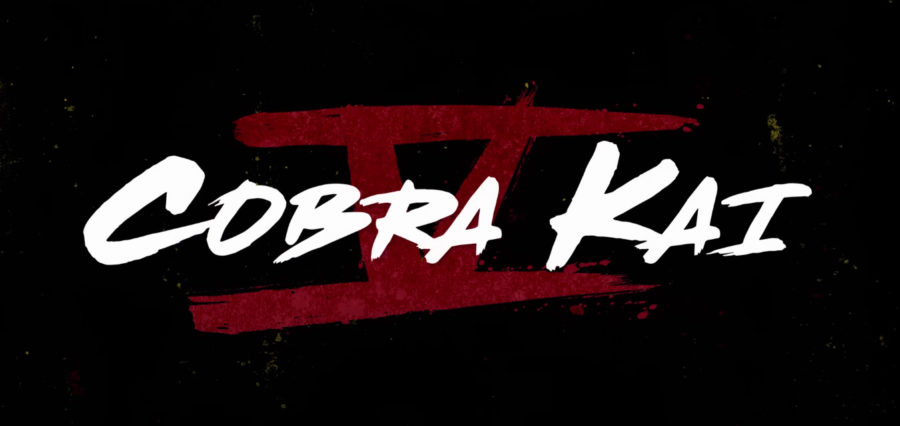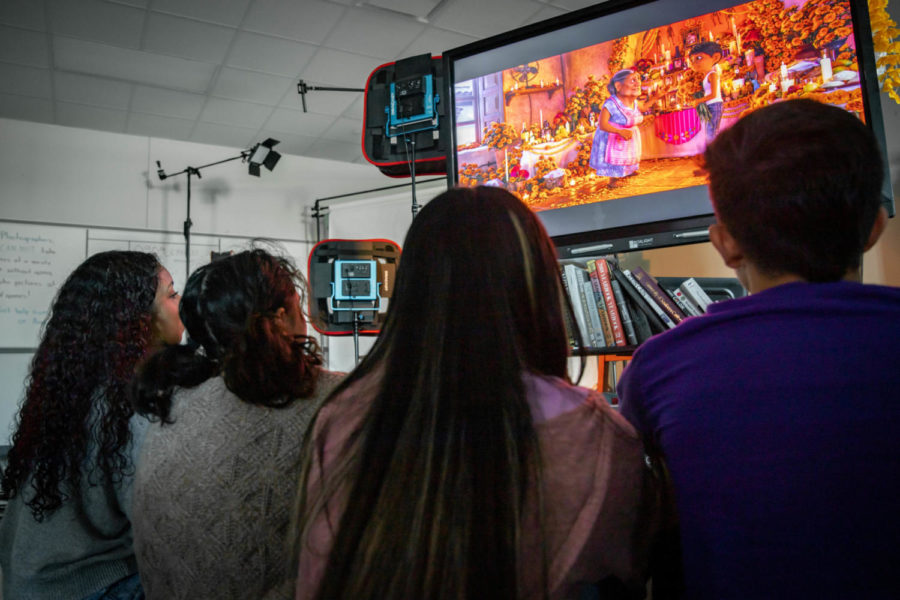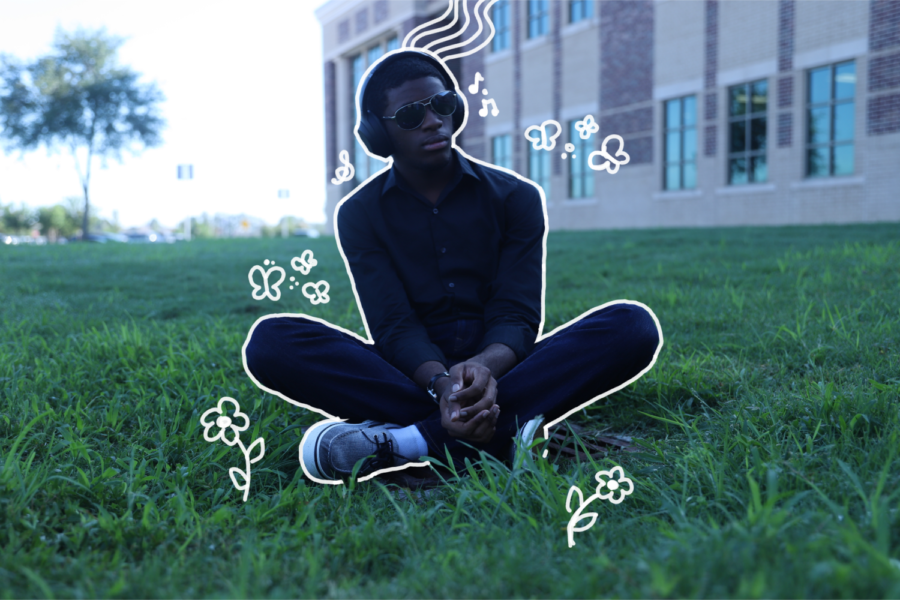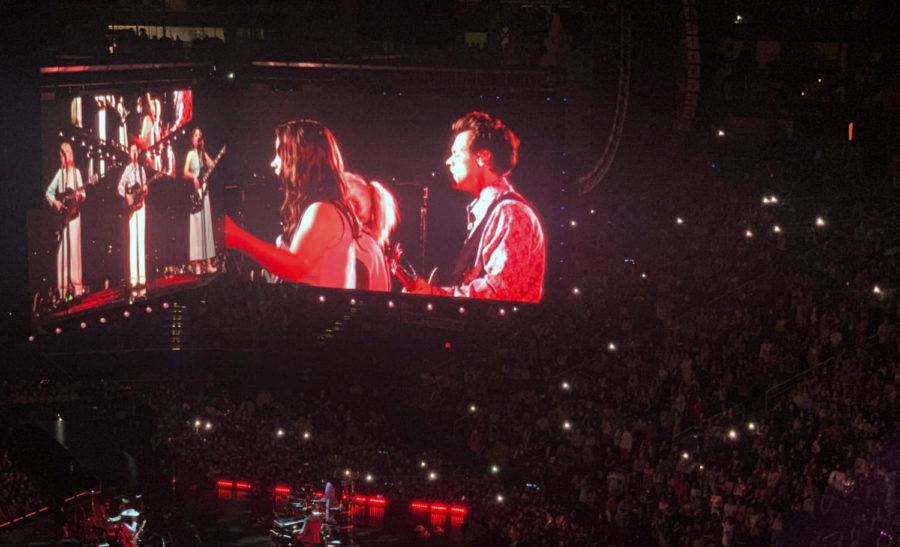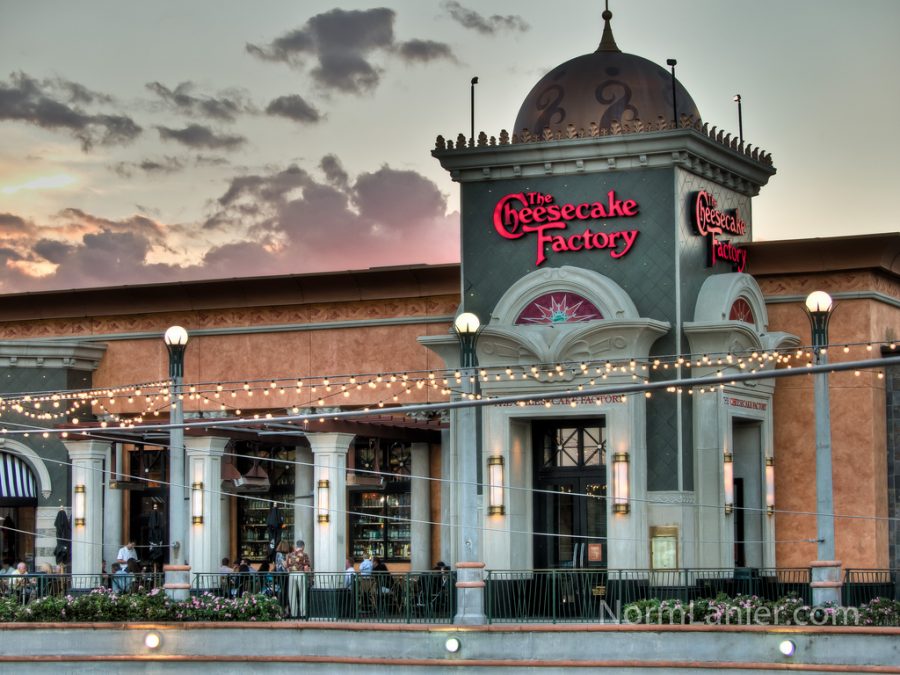From 1966-1968’s Batman television series, there was Cesar Romero. Then, in 1989 there was Jack Nicholson in Tim Burton’s Batman. In 1992-1995, we were introduced to Mark Hamill in Batman The Animated Series, and finally in 2008, Christopher Nolan’s critically acclaimed, The Dark Knight, there was Heath Ledger, even going on to win an Academy Award for Best Supporting Actor a year after his tragic death in 2008 (in 2016 there was Jared Leto too, but we don’t talk about that). Finally, the 2019 adaptation has arrived. Co-written and directed by Todd Philips of The Hangover series, the film stars Joaquin Phoenix in his take on the titular character of the Joker.
Set in Gotham City in a 1981 backdrop, we follow Arthur Fleck played by Joaquin Phoenix as mentioned before, living in a bleak poverty-stricken city, where the poor stay poor while the rich get rich. Arthur, a sickly and sad man, works as a clown during the day but also aspires to be a stand-up comedian. Isolated and disregarded by the society around him, we first see him slowly painting on his makeup, with a tear running down his cheek. He tries to put a smile on his face, but it is to no avail. This sets the stage for not a super spectacle of superheroines flying around and beating on villains, but a study of a man slowly descending into madness.

First, let’s talk about the Scorsese influences before anything else, similar to Martin Scorsese’s 1976 film Taxi Driver and 1982’s The King of Comedy, both starring Robert De Niro who also happens to play the talk-show host Murray Franklin in Joker. Taxi Driver follows a disgruntled, insomniac ridden man, cast away by society, who longs for a purpose in his life. In King of Comedy, we follow Rupert Pupkin, a man craving for fame in the world of comedy, who would do anything for it. Obviously, there are comic-book influences as well, most notable being Alan Moore’s iconic 1988 graphic-novel The Killing Joke, in which we learn of a possible origin story for the Joker, but we are never given a definitive answer. “If I have to have a past, then I prefer it to be multiple choice,” a line uttered by the character, wherein it also has much significance in the film as well.
“If I have to have a past, then I prefer it to be multiple choice”
Now about Phoenix’s performance, and to put it as simply as possible, phenomenal, is all that could be said. He is no stranger to these types of roles, as seen in other films, such as You Were Never Really Here (2018) directed by Lynne Ramsay, The Master (2012) directed by Paul Thomas Anderson, and Inherent Vice (2014) again directed by Anderson. Phoenix manages to sink into his role, to where we the audience almost forget the actor behind it, he is absolutely hypnotizing in the role of the Joker, delivering an all-time career-best, a psychologically scary and intense performance, as is the film itself. An Academy Award Nomination is most definitely at play, one Phoenix may or may not win.
Todd Philips was a surprise director choice for sure, after coming off films like War Dogs (2016) and The Hangover (2009). Philips manages to hold his own and come up with a film true to the character with the help of screenwriter Scott Silver. Both manage to create a story that dives deep into the Joker’s origins, while still keeping his ambiguity. The screenplay itself is one that interplays many relevant social commentaries into the film, for example, the character of Arthur Fleck; a mentally ill individual, a victim who becomes a villain, when society decides to ignore people like him, their issues and problems don’t just go away, it could transform them into something more, both violent and unspeakable.
Moving on from the grim and onto the visuals and music score. Visually, this film is stunning, what else can be said, every single frame is a painting in the making, every shot and angle is used with purpose, they add to the overall feel, themes, and the story itself, all done by a frequent collaborator of Philips’, cinematographer Lawrence Sher. For the amazing score, provided by Icelandic musician/composer Hildur Guðnadóttir, whose haunting theme helped drive Phoenix’s performance to perfection, as the music goes with the symbolic dancing of the Joker’s character, the score sure is something else, Guðnadóttir describes it as “finding the humanity in the infamous villain.”
For obvious reasons, this film isn’t for everybody, in order to fully understand and grasp the ideas of the film you must come in with the right expectations, don’t expect Batman swinging around at any point in it. This film is not your typical comic-book CGI-fest of a film, it is fully dedicated to the character of the Joker and him alone. There isn’t a scene in the film in which he is not in, Joker is completely told in his perspective, and staying true to his character, we the audience can never really tell what’s reality.
Joker is no mere comic-book film, but a film itself, a piece of art, a true modern masterpiece you can say, a real cinematic experience, a film in which you will forget is a comic-book film halfway through, and to its end will leave you speechless. This is a film that will be studied and talked about for years to come.


